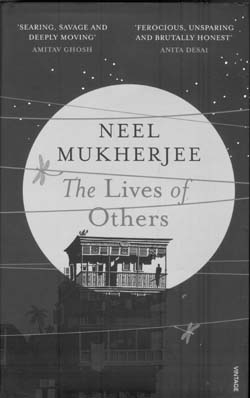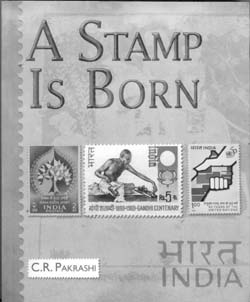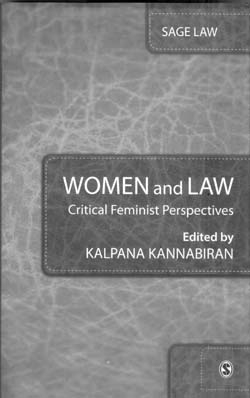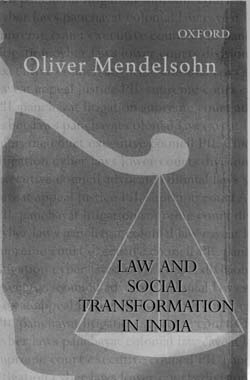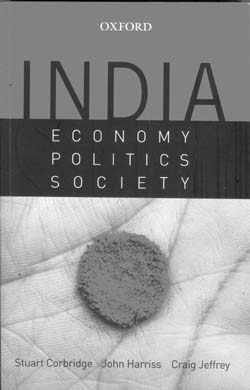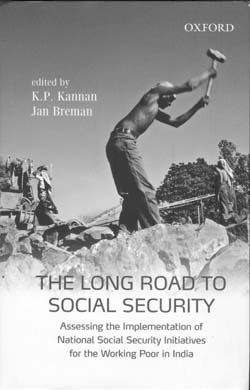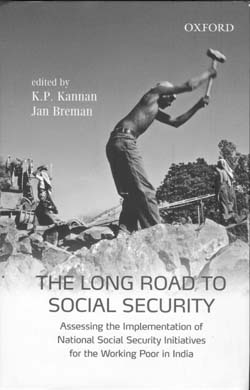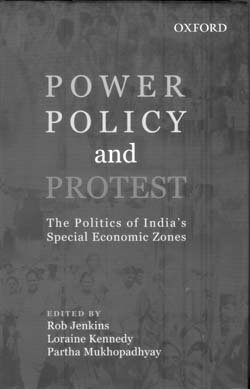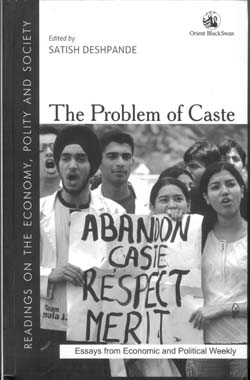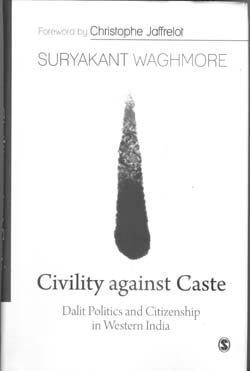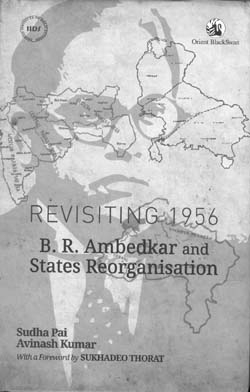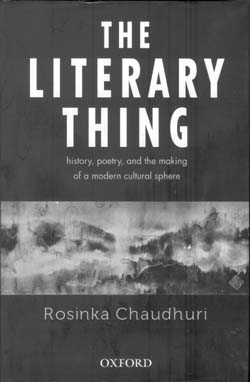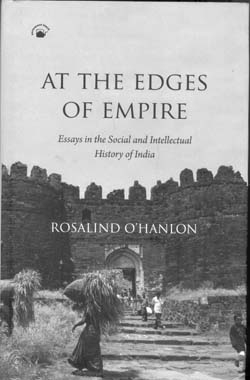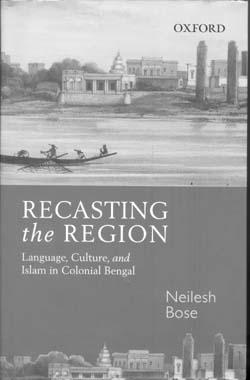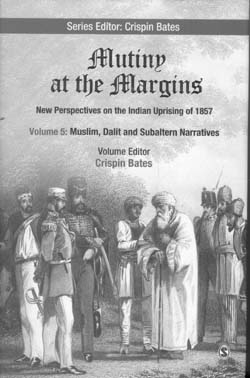In the past few years Indian sportspersons, like their western counterparts, have exhibited unusual interest towards telling their personal stories in the form of authorized biographies or autobiographies.
Archives
January 2015 . VOLUME 39, NUMBER 1The narrative of Hansda Sowvendra Shekhar’s debut novel traces the presence and interference of dahni-bidya (witchcraft) on four generations of a Santhali family in Kadamdihi, a village in the not-yet-formed Jharkhand.
2015
In The Lives of Others, Neel Mukherjee’s second novel, shortlisted for the Man Booker Prize in 2014,
2015
A beautifully illustrated book, A Stamp is Born, by Chitta Ranjan Pakrashi, describes in detail his journey as a stamp designer.
Aranyani is a jungle goddess. Like Diana, at a remove from civilization, free to desire. And free to pursue what she desires. Aranyani is also the chosen pen name of the author of A Pleasant Kind of Heavy and Other Erotic Stories.
‘Personal is political’—a revolutionary slogan of the women’s movement summed up the felt need for state intervention in what was considered as private/domestic sphere. This gendered unequal private sphere was where women faced the worst forms of discrimination and violence and relations within the public space were a reflection of it.
Law and Social Transformation in India is a compilation of Mendelsohn’s publi-shed essays on the Indian legal system written over different points of time.
2015
The above excerpt from the Valmiki Ramayan’s ‘Yudhkand’ has for long been relevant to the birth of a new political discourse in India with Lord Rama at the epicentre in the dying decades of the twentieth century and thereafter.
How and why could India remain a possible and successful democratic polity with an impressive economic growth despite the persistence of, inter alia, large-scale poverty,
Data on the growing deprivation of sections of people has started resurfacing with investigations into implementation of Rural Employment Guarantee Schemes (NREGS) across the country since 2008.
Data on the growing deprivation of sections of people has started resurfacing with investigations into implementation of Rural Employment Guarantee Schemes (NREGS) across the country since 2008.
Nandigram in West Bengal, Maha Mumbai in Maharashtra, POSCO in Odisha, Reliance in Haryana, Mundra in Gujarat.
2015
A dalit died and 40 others injured in an attack by the upper caste while dalits in Rohtas, Bihar, were trying to unfurl the national flag.
This book once again foregrounds the on-going debate on how to approach and conceptualize civil society in India. Is civil society a ‘realm of freedom‘ or a realm of hegemony?
1956 was a watershed year in the political history of India as this was the year when the reorganization of the states commenced thus paving the way for the demands for new/smaller states.
I must confess that, at the beginning, I was rightfully wary of picking up one more book presumably documenting how colonial modernity charted its course through literature produced during the so-called Bengal Renaissance,
2015
In the early 16th century, when Albuquerque was conquering Goa and performing his extraordinary feats on and beyond the Konkan coasts and in the Arabian seas that bordered mainly the enemies of the Franks, as the Portuguese were called then, and an extraordinary priest,
At the Edges of Empire brings together the impressive range of Rosalind O’Hanlon’s scholarship over the last two and a half decades.
The book probes the nationalist trajectory of what Mohammad Sajjad calls ‘the lesser-known nation-makers of Muzaffarpur’ of north Bihar.
The self-fashioning of bhadralok Hindus in Bengal in the late nineteenth and early twentieth centuries, and their responses to colonial rule, is an area which is frequently traversed by researchers.
The book at hand attempts to study a significant and for the present times, a deeply pertinent field: the similarities, influences and overlaps in terms of the understanding, commitment and praxis of two of the most influential political leaders of the 20th century namely Mahatma Gandhi and Martin Luther King, Jr.
Muslim, Dalit and Subaltern Narratives is the fifth and latest volume published in the series Mutiny at the Margins: New Perspectives on the Indian Uprising of 1857.
It is generally assumed that Bengal, and eastern and north-eastern India generally, remained unaffected by the anti-colonial struggle of 1857-58.



